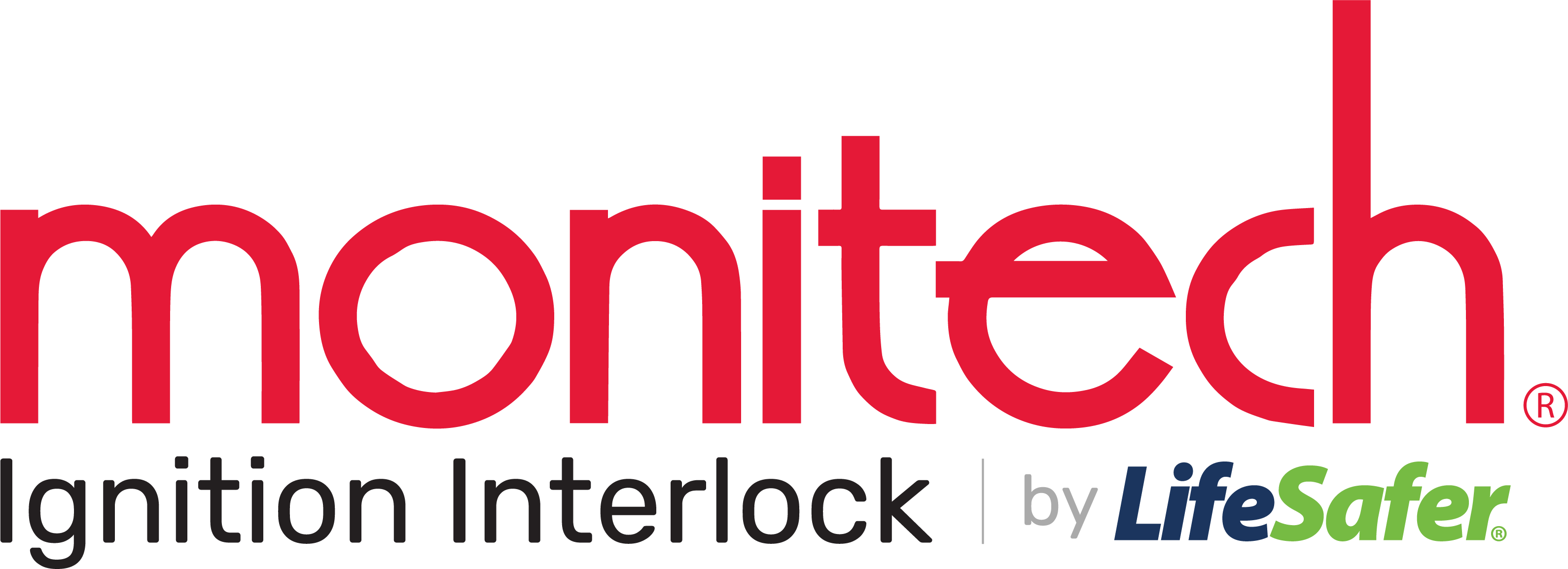 No two drunk driving offenses are alike. One of the ways the seriousness of a North Carolina DWI is determined is how many previous DWIs are on a driver’s record. We call this the lookback period.
No two drunk driving offenses are alike. One of the ways the seriousness of a North Carolina DWI is determined is how many previous DWIs are on a driver’s record. We call this the lookback period.
But how far do you go back? If an offender got another DWI say, 30 years ago, should that count? Should the teenage mistake of a man in his 50s count against him?
In some states it will, but not in North Carolina. In that state, courts look back 7 years to add up offenses and determine penalties.
If that seems like a reprieve, it isn’t. A second DWI offense is considered a grossly aggravating factor under North Carolina law. Enough such factors will lead to a Level 1 sentence: one to three years. There will also be a fine of up to $10,000. On its own, a second DWI within 7 years is enough to garner a Level 2 sentence: one week to one year in jail and a fine of up to $2,000.
A second DWI also results in an administrative penalty: a license suspension lasting 3 or 4 years. You may be able to have your driving privileges restored early by having an ignition interlock installed in your vehicle. An ignition interlock, or car breathalyzer, prevents a vehicle from starting if the driver has been drinking.
There will also be a substance abuse assessment, and an education or treatment program. North Carolina wants assurance that if there is an alcohol problem it is being dealt with. For that reason, the assessment and treatment must be carried out by qualified and certified professionals.
Lookback Period Finds the Problem. Then What?
The theory behind the lookback period is that repeat DWI offenses in a relatively short period indicate a pattern of alcohol abuse or dependence that is dangerous to society, and which must be dealt with. Opinions differ as to how to deal with offenders. License suspension is the most common measure, but it’s not generally effective on its own, as at least half of suspended drivers drive without licenses. Alcoholics are over-represented in those numbers.
Imprisonment does work, but it’s expensive, and it solves the problem for society, but not the offender. In fact, it usually ruins the offender’s chances of turning his or her life around.
A combination of supervised treatment and ignition interlock – sobriety court – is the most effective solution, but it’s one that’s slow to be adopted because it doesn’t satisfy many people’s need to punish lawbreakers. Maybe someday we will use the lookback period to look back on offenders with serious substance problems and apply solutions that work instead of ones that merely feel right.
